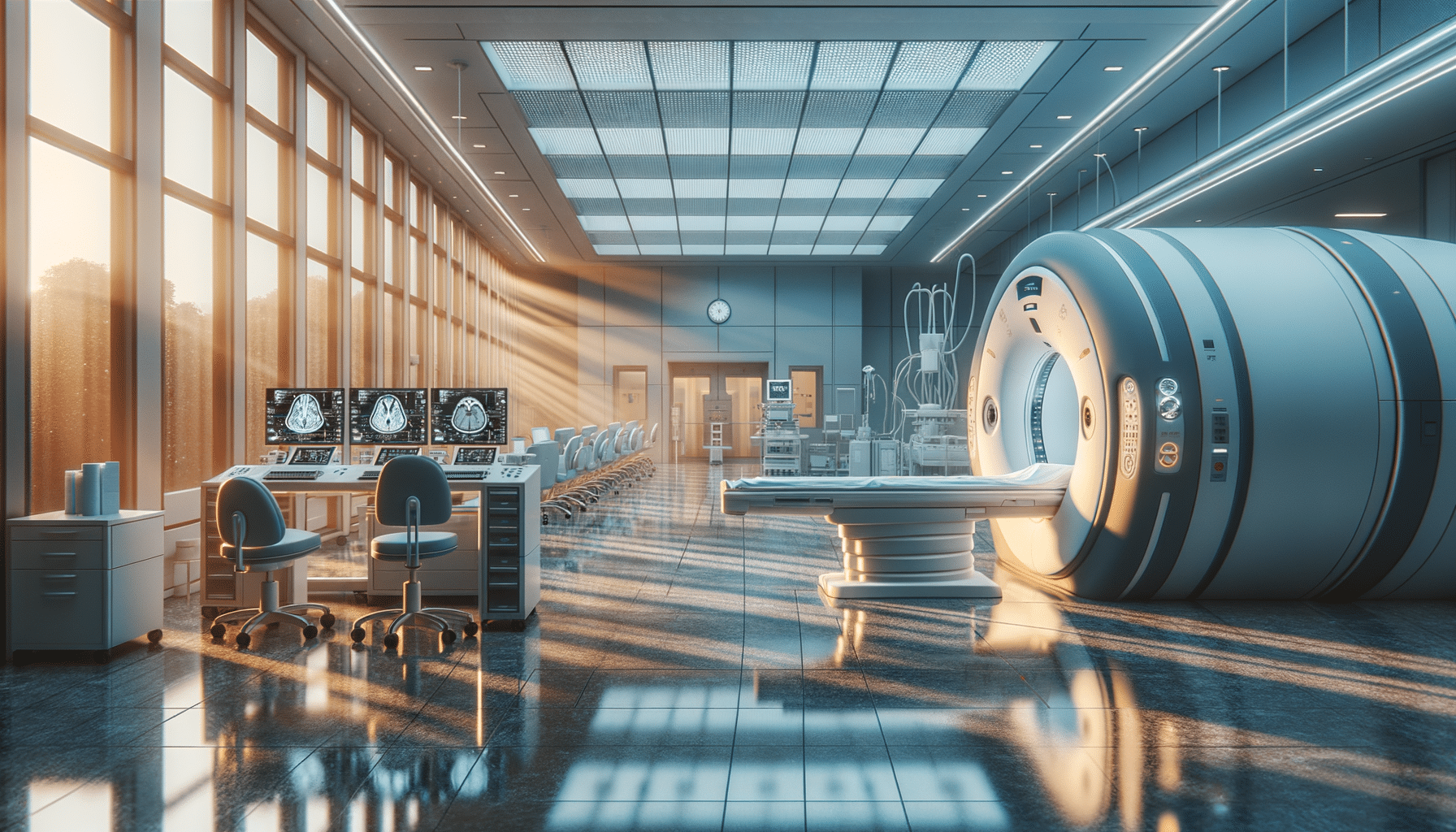
Don’t let back pain stress you out! Learn how to live healthy!
Understanding Back Pain: Causes and Symptoms
Back pain is a common ailment affecting millions worldwide, significantly impacting quality of life. It can arise from various causes, including muscle strain, poor posture, or underlying medical conditions such as arthritis or herniated discs. Understanding the root causes is crucial for effective treatment. Symptoms can range from a dull ache to a sharp, stabbing sensation, often varying in intensity and duration. Factors like age, lifestyle, and occupational hazards can increase the risk of developing back pain. By identifying these factors, individuals can take proactive measures to prevent or alleviate discomfort. For instance, maintaining a healthy weight, practicing good posture, and engaging in regular exercise can help mitigate risks. Recognizing the symptoms early and consulting healthcare professionals can lead to timely interventions, potentially preventing chronic pain development.
Conventional Treatments for Back Pain
Conventional treatments for back pain often involve a combination of medication, physical therapy, and lifestyle changes. Over-the-counter pain relievers, such as nonsteroidal anti-inflammatory drugs (NSAIDs), are commonly used to reduce inflammation and alleviate pain. In cases where pain is severe or persistent, prescription medications may be recommended. Physical therapy plays a vital role in strengthening the muscles supporting the spine, improving flexibility, and promoting proper posture. Therapists often design personalized exercise programs tailored to individual needs, ensuring effective recovery. Additionally, lifestyle modifications, such as ergonomic adjustments at work and home, can prevent further strain on the back. In some cases, surgical intervention may be necessary, particularly when conservative treatments fail to provide relief. However, surgery is typically considered a last resort due to potential risks and recovery time involved.
Alternative Therapies for Back Pain Relief
Alternative therapies offer a holistic approach to managing back pain, focusing on natural healing and overall well-being. Techniques such as acupuncture, chiropractic care, and massage therapy have gained popularity for their effectiveness in providing relief. Acupuncture involves inserting thin needles into specific points on the body to stimulate energy flow and reduce pain. Chiropractic care focuses on spinal alignment, using manual adjustments to improve mobility and decrease discomfort. Massage therapy helps relax tense muscles, improve circulation, and promote relaxation, contributing to pain relief. Additionally, practices like yoga and tai chi emphasize gentle stretching and strengthening exercises, enhancing flexibility and reducing stress. These therapies can be used alongside conventional treatments, offering a comprehensive approach to pain management. It is essential to consult with healthcare professionals to determine the most suitable combination of therapies for individual needs.
Diet and Lifestyle Changes for Back Health
Maintaining a balanced diet and adopting a healthy lifestyle can significantly impact back health. A nutritious diet rich in anti-inflammatory foods, such as fruits, vegetables, and whole grains, can help reduce inflammation and promote healing. Essential nutrients like calcium and vitamin D are crucial for bone health, supporting the spine and preventing conditions like osteoporosis. Regular physical activity, including low-impact exercises like walking, swimming, or cycling, strengthens the back muscles and enhances flexibility. Additionally, managing stress through techniques like meditation or deep breathing can prevent tension-related back pain. Adequate sleep is vital for recovery, as it allows the body to repair and rejuvenate. By incorporating these habits into daily routines, individuals can support their back health and reduce the risk of pain.
When to Seek Professional Help for Back Pain
While many cases of back pain can be managed at home, it is essential to recognize when professional help is necessary. Persistent pain lasting more than a few weeks, severe pain that does not improve with rest, or pain accompanied by other symptoms like numbness or weakness may indicate a more serious underlying condition. Consulting a healthcare professional can provide an accurate diagnosis and appropriate treatment plan. Diagnostic tests, such as X-rays or MRI scans, may be required to identify the cause of the pain. Early intervention can prevent the progression of chronic conditions and improve quality of life. It is crucial to communicate openly with healthcare providers, discussing all symptoms and concerns to ensure comprehensive care. By seeking timely medical attention, individuals can address back pain effectively and reduce the risk of long-term complications.


